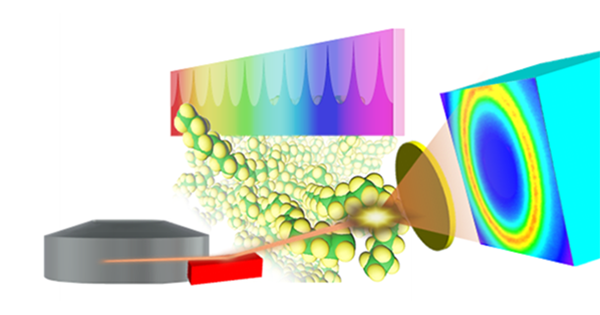2024-06-17 ペンシルベニア州立大学(PennState)
<関連情報>
- https://www.psu.edu/news/research/story/marsquakes-may-help-reveal-whether-liquid-water-exists-underground-red-planet/
- https://agupubs.onlinelibrary.wiley.com/doi/10.1029/2024JE008292
火星深部帯における液体の水の特性: 地震電気学的アプローチ Characterizing Liquid Water in Deep Martian Aquifers: A Seismo-Electric Approach
N. Roth, T. Zhu, Y. Gao
Journal of Geophysical Research: Planets Published: 05 May 2024
DOI:https://doi.org/10.1029/2024JE008292

Abstract
Deep Martian aquifers harboring liquid water could hold vital insights for current and past habitability. We show that with seismo-electric interface responses (IRs) we can quantitatively characterize subsurface water on Mars. Full-waveform simulations and sensitivity analyses across diverse Martian aquifer scenarios demonstrate the technique’s effectiveness. In contrast to how seismo-electric signals often appear on Earth, Mars’ desiccated surface naturally removes co-seismic fields and exposes useful IRs that allow us to characterize several aquifer properties. Changing the aquifer depth, thickness, or quantity changes the IR arrival times or shape: aquifer depth is a strong control on evanescent IRs, thickness affects the relative timing of IRs, and increasing the number of aquifers introduces more dipole sources to the waveform. Other factors, such as aquifer saturation, chemistry, and salinity, strongly affect IR amplitude but have minimal or no effect on waveform shape. Notably, for a deep low-porosity aquifer, the salinity and brine chemistry (perchlorate vs. chloride) are the strongest controls on signal amplitude. Analyzing the effects of epicentral distance shows that radiating and evanescent IRs separate at large source-receiver offset, allowing analyses of both signals and accurate event distance derivation. From this numerical investigation of the sensitivity of IRs to deep Martian aquifers, we anticipate future analyses of electromagnetic data from the InSight lander or future missions to Mars and other planets.
Key Points
- Seismo-electric fields can be generated by marsquakes interacting with deep Martian aquifers
- Seismo-electric signals can be used to constrain estimates of aquifer depth, volume, location, and bulk chemical composition
- Radiating interface responses from Martian aquifers are the dominant seismo-electric signals observed at the surface
Plain Language Summary
We explore the possibility of detecting and characterizing subsurface water on Mars using natural signals called seismo-electric interface responses. These seismo-electric interface responses can be created when marsquakes interact with liquid water held in deep aquifers, so they can be used as unambiguous signs of mobile water. Simulations of several possible aquifer configurations allow us to study the methods’ sensitivity to important aquifer properties. Aquifer depth, thickness, and quantity affect interface response arrival times and shape. Aquifer water saturation fraction, chemistry, and salinity strongly impact the interface response strength but have little to no affect on the waveform shape. Analyzing the effects of epicentral distance shows that two different interface responses, the radiating and evanescent types, can be separated. This allows separate analysis of both signals which can accurately resolve marsquake distance. Our study lays the groundwork for future analyses of data from Mars missions.



